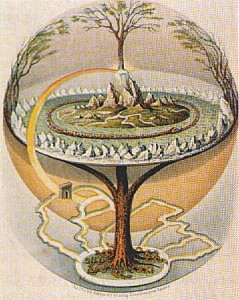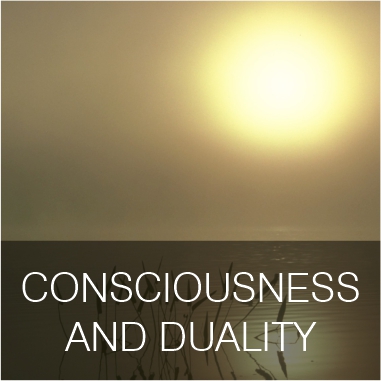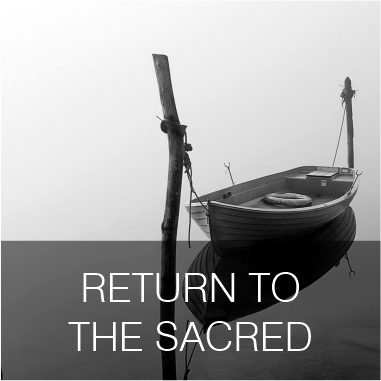There are points in our lives where we find ourselves in life-changing states, where the need arises for a “scared” space for us to carefully navigate the potentially rocky and treacherous path to a new level of consciousness. That’s the point where we need to transcend the world of the ordinary and enter into a sacred space.

A sacred space need not be a physical location at all – although it often is – and it certainly will not be the same for everyone. Entering a sacred space has often been achieved through the benefit of a ritual experience, but the role and power of rituals has faded within Western society over the last few centuries. Still, the role of ritual is to “turn the dial,” to shift one’s perception from the daily, ordinary world to one where the sacred, indeed magical nature of reality, can reveal itself. Quieting the mind, silencing the incessant chatter of the profane or ordinary, can help you find your own sacred space.
Gaining awareness of sacred space, and experiencing the difference between it and the ordinary, is really an awareness that there are multiple ways to experience the duality of time and space.
Sacred space is the reality behind the illusion, it is recognition of the transcendent that imbues all of reality with something divine, something miraculous. The great philosopher Mircea Eliade called it the “axis mundi,” or the “center of the world.” An experience of sacred space reconnects us with that authentic, transcendent reality that is behind and beyond the world of time and space, it reorients us with the axis mundi and puts us back in touch with our own authentic nature, our souls.



